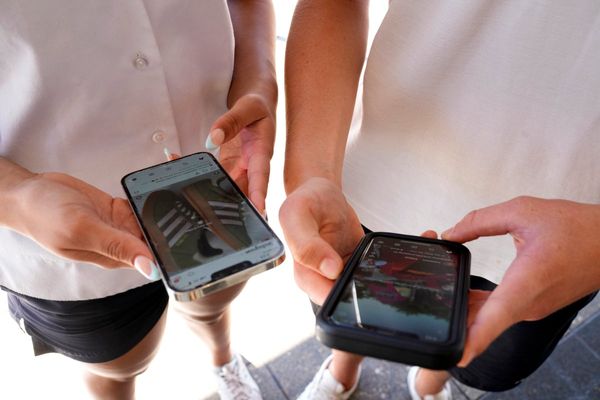
Activity levels among disabled people have continued to fall away, new research has found, threatening a physical recovery from the pandemic that is “just for the few”.
Now in its third year, the Disability and Activity Survey attempts to capture not only levels of activity among people with disabilities but also their attitudes towards it and the barriers they face. Run by the disability advocacy charity, Activity Alliance, it has recorded the effect of Covid-19 on one of the most vulnerable groups in society.
The headline findings show that four million disabled people in the UK would have been classified as “inactive” over the past year, taking part in less than 30 minutes of physical activity a week. According to the report, this amounts to 42.4% of all disabled people, an increase of 2.6 percentage points from before the pandemic, and compares with 22.6% of non-disabled people as recorded in Sport England’s Active Lives survey.
Activity Alliance’s Kirsty Clark, author of the report, said: “If we look back to the pre-pandemic statistics, we were seeing change in a positive direction. What we’ve seen in the last two years is that this has really ebbed away, and the question now is: how do we get that back quickly?
“Increasing activity levels again will be tough, but we need to make it happen. We all know the various benefits of being active, it shouldn’t be a luxury. It doesn’t all require wholesale adjustments: the key is to involve your local community, understand what their needs are. So it is tough, but if we end up with a recovery that’s just for the few then it’s not right.”
Financial costs and fear of Covid, or other illness, were cited by the survey’s respondents as key factors in preventing a return to activity: 22% of people said the cost of being active was prohibitive, an increase of six percentage points on the previous year. In associated focus groups, individuals spoke of the best facilities now being out of reach, while locations that remained affordable were often further away, incurring increased travel costs.
Even among those who had been able to return to activity there was a disengagement with services on offer. Only 53% who had returned after the pandemic described it as a positive experience, compared with 70% of non-disabled people. Furthermore, the number of people who said they agreed that “physical activity is for someone like me” fell by 10 percentage points on 2021’s survey.
Clark said an improvement in the connections between disabled people, their local leisure staff and healthcare professionals is crucial. “It’s about [leisure providers] understanding who’s in their community and what their needs are. It’s all of the elements around a person and making them feel really welcome.
“What’s also coming across clearly is that disabled people are going to listen to their healthcare professionals. They are influenced by them, because they trust them. How we encourage that connectivity between sport, physical activity and healthcare professionals is certainly something that could change it up.”
The industry association for gyms and leisure centres, ukactive, said it was committed to working with Sport England and Activity Alliance on improving its engagement with disabled customers including through a new programme ‘Everyone Can’, but argued a resources crisis brought on by Covid and hastened by the spike in energy prices has limited the sector’s capabilities.
Huw Edwards, chief executive of ukactive, said: “Our members have an essential role to play in supporting the physical and mental health of disabled people, which was highlighted by the increased gap in activity levels when gyms, pools and leisure centres were forced to close during the pandemic.
“Tragically, these inequalities could grow further – driven by the cost of living crisis and rising energy prices – if the government does not respond to leaders from across the sector who have warned of the imminent threat of service restrictions and closures at swimming pools and leisure centres across the UK.”







